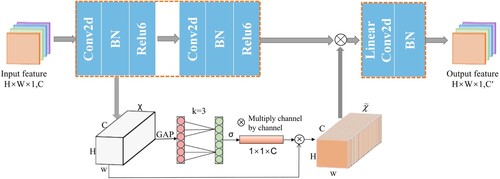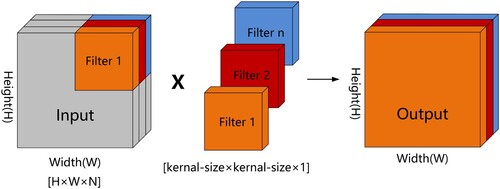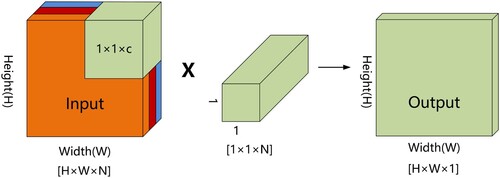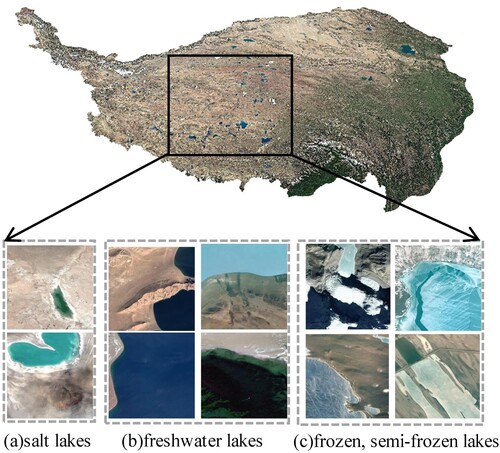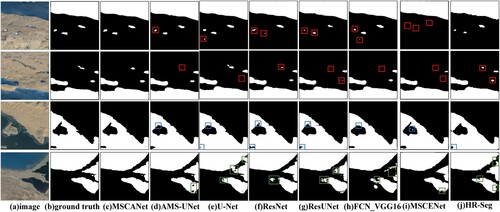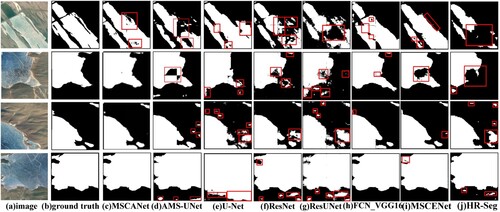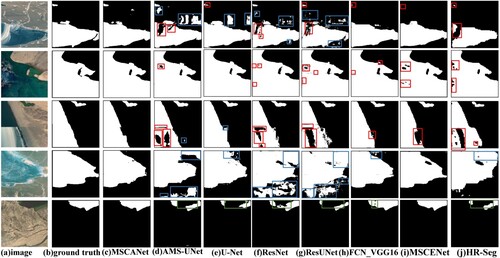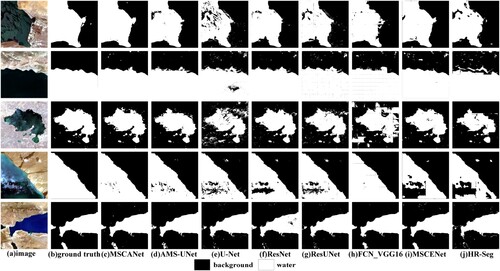Figures & data
Table 1. Experimental results of the Tibetan Plateau lake semantic dataset.
Table 2. Experimental results of the small lakes dataset.
Table 3. Experimental results of the frozen lakes dataset.
Table 4. Experimental results of the background-disturbed lakes dataset.
Table 5. Experimental results of the freshwater lakes dataset.
Table 6. Experimental results of the salt lakes dataset.
Table 7. Experimental results of the Sentinel-2A dataset.
Figure 17. Lake prediction results for different textures and spectral characteristics of the Tibetan Plateau.
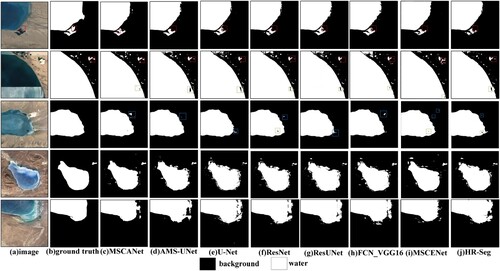
Table 8. Experimental results of the Google Earth Dataset.
Table 9. Ablation experiment results.
Data availability statement
The Tibetan Plateau lake semantic dataset is provided by National Cryosphere Desert Data Center. (http://www.ncdc.ac.cn). The code used in this study are available by contacting the corresponding author.


